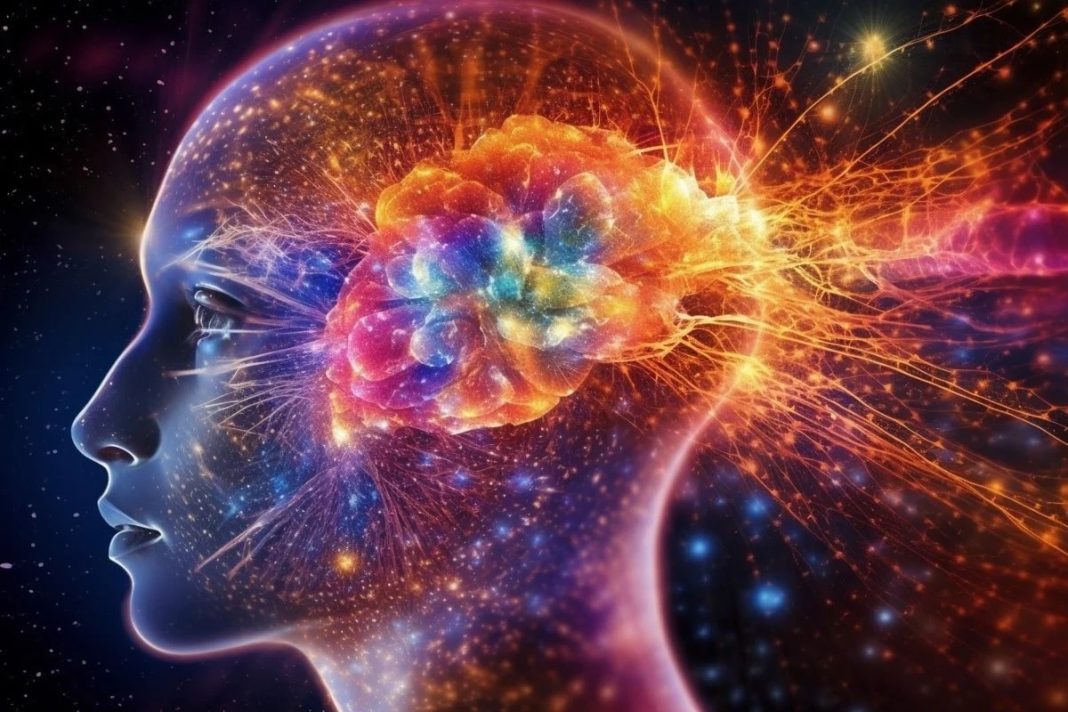Science has unravelled countless secrets of the universe, from the inner workings of DNA to the vastness of distant galaxies. Yet, there remain profound mysteries that defy explanation. These enigmas challenge the brightest minds and inspire cutting-edge research. Here are seven mysteries science has yet to solve.
1. The Nature of Dark Matter and Dark Energy
Though scientists estimate that 85% of the universe’s matter is dark matter and 68% is dark energy, their exact nature remains elusive. Unlike ordinary matter, dark matter does not emit, absorb, or reflect light, making it invisible and detectable only through its gravitational effects. Similarly, dark energy, thought to drive the universe’s accelerating expansion, remains a theoretical construct.
Experts like Dr Vera Rubin, whose pioneering work in the 1970s provided evidence of dark matter through galaxy rotation curves, highlight the scale of the challenge. Modern experiments, such as those conducted at CERN and in observatories like the Dark Energy Survey, continue to probe these cosmic mysteries.
2. Consciousness: The Hard Problem
Despite incredible advancements in neuroscience, consciousness—the subjective experience of being aware—remains poorly understood. Researchers can map brain activity and identify regions linked to thoughts, emotions, and perceptions, yet they cannot explain how physical brain processes create subjective experiences.
Philosopher David Chalmers coined the term “hard problem of consciousness” to describe this puzzle. Theories range from integrated information theory to quantum mechanics, yet none provide a definitive answer. As cognitive neuroscientist Anil Seth puts it, “We are closer to understanding consciousness, but the core mystery remains.”
3. The Origin of Life
How life emerged from non-living matter is one of science’s greatest puzzles. The prevailing hypothesis is abiogenesis, where simple molecules evolved into complex, self-replicating structures. However, the exact conditions and mechanisms for this leap remain uncertain.
Researchers like Nobel laureate Jack Szostak have made strides in recreating early Earth conditions in laboratories, yet the gap between chemical reactions and the first living cells remains vast. The discovery of extremophiles—organisms thriving in hostile environments—has expanded the search for life’s origins beyond Earth.
4. Why Do We Sleep?
Sleep occupies a third of our lives, yet its exact purpose is still debated. While it is clear that sleep is vital for health, memory consolidation, and cellular repair, the evolutionary reason for sleep remains unclear. Why would animals, vulnerable to predators, evolve to spend hours in an unconscious state?
Sleep scientist Dr Matthew Walker emphasises the fundamental role of sleep in human health but acknowledges that deeper evolutionary questions persist. Advances in sleep research, including studies on REM and non-REM sleep, continue to provide fascinating insights.
5. The Longevity of the Tardigrade
Tardigrades, microscopic organisms affectionately known as “water bears,” are some of the most resilient life forms on Earth. They can survive extreme radiation, freezing, boiling temperatures, and even the vacuum of space. But how?
Tardigrades produce a unique protein called Dsup, which protects their DNA from damage. However, the exact mechanisms behind their near-indestructibility remain unclear. As Dr Thomas Boothby of the University of Wyoming notes, understanding these mechanisms could revolutionise fields like medicine and space exploration.
6. The Bermuda Triangle
The Bermuda Triangle, a region in the North Atlantic Ocean, has long been associated with mysterious disappearances of ships and aircraft. While many cases have been debunked as human error, rogue waves, or navigational challenges, some incidents defy logical explanation.
Studies suggest that natural phenomena like methane hydrates, which can reduce water density, or geomagnetic anomalies may play a role. However, despite extensive investigation, no single scientific theory explains all the reported incidents in the area.
7. The Fermi Paradox
In 1950, physicist Enrico Fermi posed a haunting question: “Where is everybody?” Despite the vastness of the universe and the high probability of intelligent life existing elsewhere, humanity has yet to detect extraterrestrial signals or evidence.
Theories attempting to explain this paradox include the idea that advanced civilisations self-destruct, the possibility of simulation theory, or that extraterrestrials deliberately avoid contact. Efforts like the Search for Extraterrestrial Intelligence (SETI) continue to search the skies for answers.
In Conclusion
These seven mysteries highlight the frontiers of human understanding. They inspire curiosity, challenge assumptions, and remind us of the vast unknown that lies ahead. While science has made incredible strides, these enigmas stand as a testament to the complexity of the universe—and the enduring drive to uncover its secrets.







